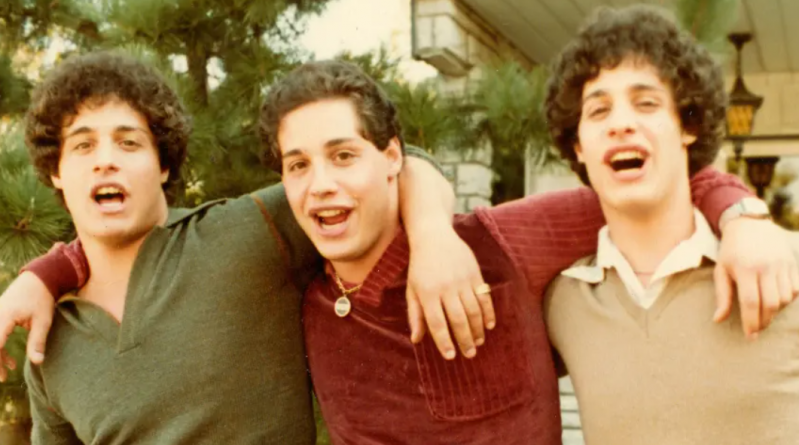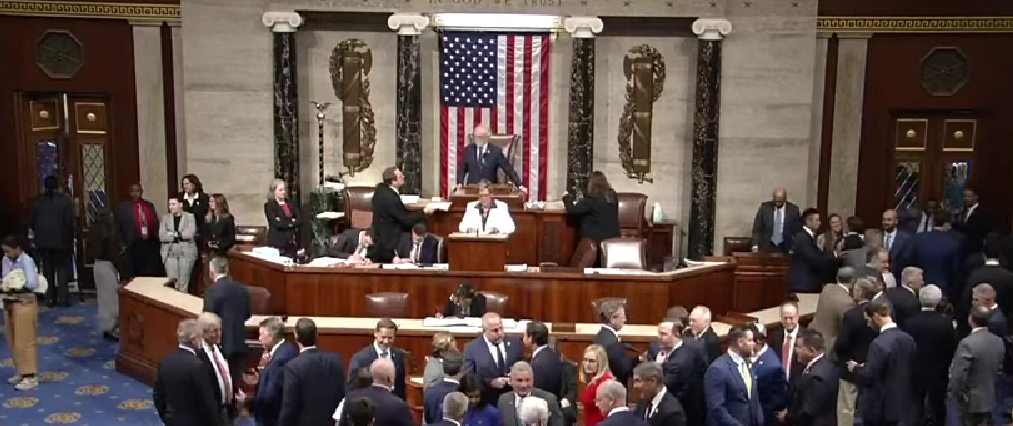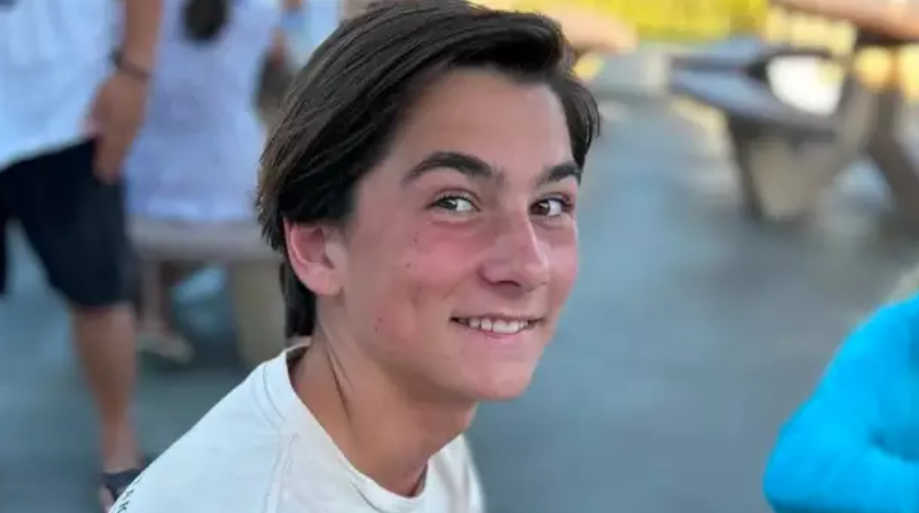These Separated-at-Birth Triplets Were Used For Sick Experiments

© 2018 Cable News Network
What happens when triplets, separated at birth and raised in completely different environments, are reunited as adults? The story of the triplets Bobby, Eddy, and David, who were separated at birth and later involved in a controversial psychological experiment, is a tragic tale of loss and manipulation. Here is what happened to the separated-at-birth triplets.
The First Child Out of the Triplets
In 1980, 19-year-old Robert Shafran went to Sullivan Community College in the Catskills for his first day and was surprised when everyone seemed to know and like him. People greeted him as if he was familiar. Eventually, another student, Michael Domnitz, realized the reason behind the familiarity: Shafran had a twin.
Michael Domnitz, a friend of Edward Galland who had left Sullivan Community College the year before, was aware that Galland was adopted. After learning about Robert Shafran’s discovery of his twin, Domnitz immediately called Galland. Shafran was astonished to hear an identical voice when he spoke to Galland on the phone and eagerly arranged to meet his brother. Together, Shafran and Domnitz drove to the home in New Hyde Park, Long Island, where Galland resided with his adoptive parents.

Once the door opened, he could not believe his eyes. Robert “Bobby” recalls thinking: “It was like everything faded away, and it was just me and Eddy.”
The Twins Reconnect With Their Other Half
Months later, Queens College student David Kellman saw a news story featuring the reunited twins and noticed his resemblance to them. He called Edward Galland’s house and spoke to Galland’s mother, who exclaimed, “Oh my God, they’re coming out of the woodwork!” upon learning about the third separated sibling.

The movie, “Three Identical Strangers” recounts an extraordinary tale that Robert Shafran describes as unbelievable if told by someone else. After the separated siblings reunited, their narrative took a turn as they learned they had been participants in a decades-long psychological experiment that dictated their lives.
So, Who Are These Separated-at-Birth Triplets & Why Were They Alone?
The triplets, born to a teenage girl on July 12, 1961, at Hillside Hospital in Glen Oaks, NY, were separated at six months old by the now-defunct Manhattan adoption agency Louise Wise Services. Raised within close range of each other, none of the adoptive parents were aware of the existence of the other brothers.

Before placing the babies in their adoptive homes, the agency informed parents that the children were involved in a “routine childhood development study.” Parents recall feeling strongly encouraged to participate in the study, as it was implied that doing so would enhance their chances of adopting the boys.
How the Experiment Unfolded
During the first decade of their lives, the siblings were individually visited by research assistants supervised by Dr. Peter Neubauer, a child psychologist known for his association with Anna Freud, daughter of Sigmund Freud.

Neubauer’s study, first exposed by New Yorker writer Lawrence Wright, entailed separating an undisclosed number of twins and triplets at birth and assigning them to families with different economic and emotional backgrounds. The aim was to investigate the nature versus nurture debate.
What Happened to the Separated-at-Birth Triplets During the Experiment?
The brothers were placed with families spanning different socioeconomic backgrounds. Working class (Kellman), middle class (Galland), and upper middle class (Shafran). Kellman’s father, a grocer, was affectionately known as “Bubula” by all three brothers. Shafran’s upbringing was characterized by a more reserved atmosphere due to his doctor father often being away. Galland’s relationship with his father was strained, as they held conflicting views on masculinity. Together, their diverse upbringings represented a spectrum of nurture.

Neubauer and his team faced significant resistance from other agencies due to the controversial nature of their study. Many questioned the ethics of separating twins and triplets. Conducted in the families’ homes, the study involved cognitive assessments like puzzles and drawings, all documented on film. Early signs of behavioral issues were observed in the triplets. They exhibited distress by banging their heads against their cribs’ bars as infants.
What Did the Experiment Show?
As they reached college age, the triplets continued to struggle with mental health issues. Kellman and Galland had experienced stays in psychiatric hospitals. On the other hand, Shafran was on probation after pleading guilty to charges related to a 1978 robbery and murder.

The triplets expressed anger towards the researchers for not intervening despite observing their struggles. Initially, life for the reunited brothers was filled with excitement as they made appearances on talk shows and shared an apartment in Flushing, Queens. They enjoyed a sense of camaraderie and closeness. However, as time passed, they also experienced moments of feeling like the odd one out within their trio.
Did They Ever Meet the Mother?
In the early 1980s, the triplets briefly met their mother, whose story was described as underwhelming by Kellman. Despite meeting for drinks, their mother didn’t pursue a deeper relationship. In 1988, the brothers ventured into the restaurant business by opening Triplets Roumanian Steakhouse in Soho. Although Shafran later left the business and it closed in 2000, they reminisced about their adventurous experiences. This included marching down 42nd Street with one of them perched on the other two’s shoulders and encounters with celebrities like Annie Leibovitz. They felt out of place in certain environments, contrasting sharply with their appearance.
Was Their Story Ever Published?
Despite the profound impact on their lives, the study that profoundly affected the triplets was never published. Dr. Neubauer decided not to release his findings. Upon his death in 2008, all documents related to the study were placed at Yale University with restrictions preventing access until 2065.

With the help of an attorney, the remaining siblings managed to obtain access to thousands of pages of documents from the study’s archive. However, the materials they received were heavily redacted. They also focused solely on each individual sibling, lacking details about visits to other siblings. Director Wardle obtained short clips of film from the study. Additionally, the film’s end credits feature footage of the triplets as toddlers. They are seen engaging in various activities while being observed by researchers.
The quest for answers to the story remains never-ending as of now. But, we would love to hear from you. What would you have done if you found out you were one of the separated-at-birth triplets?
You might also want to read: This Is the Shocking 1932 Bulletproof Glass Experiment



